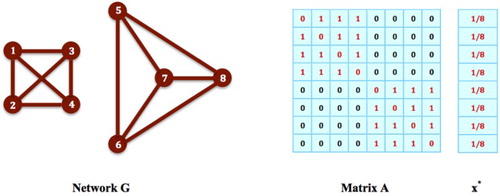Figures & data
Figure 1. Social Networking Game: Given a network of social sites G and its adjacency matrix A as shown in the figure, is an equilibrium state of the social networking game on G, meaning that
is an equilibrium distribution of the population on G and also an equilibrium strategy for every individual species such that the social contact of each species achieves its maximum
.
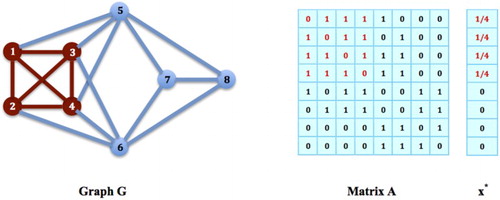
Figure 2. Solitary Inhabiting Game: Given a network of social sites G and its adjacency matrix B with its diagonal elements all set to 1 as shown in the figure, the solitary inhabiting game on G is equivalent to the social networking game on the network complementary to G, which is the same network in Figure . Therefore, the equilibrium state of the social networking game in Figure , , is also an equilibrium state of the solitary inhabiting game on G in the above figure, meaning that
is an equilibrium distribution of the population on G and also an equilibrium strategy for every individual species in the population such that the social contact of each species achieves its minimum
.
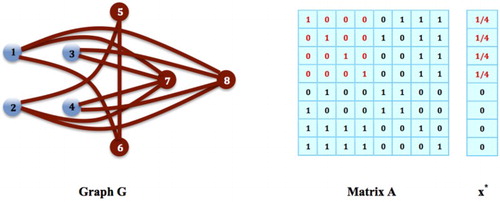
Figure 3. Populations on Cliques: In network G, the nodes form a network clique. Let
be a strategy for choosing this clique,
and
for all
. Then,
for all i such that
, i.e.
. However,
does not hold for all i such that
, i.e.
, since
. By Theorem 2.1,
cannot be an equilibrium strategy for the game on G.
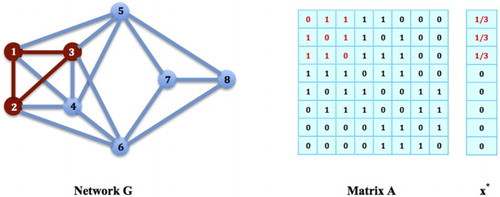
Figure 4. Populations on Maximal Cliques: The nodes in G form a maximal clique. Let
be a strategy on this clique,
and
for all
. Then,
for all i such that
, i.e.
, and also,
for all i such that
, i.e.
. Then,
satisfies all the conditions in Theorem 2.1, and must be an equilibrium strategy for the social networking game on G.

Figure 5. Non-Clique Strategies: The nodes in G do not form a network clique, but the strategy
,
,
, and
for
, is in fact an equilibrium strategy: It is easy to verify that
for all i such that
, i.e. i=1,2,3,4,5, and also,
for all i such that
, i.e. i=6,7,8. Then,
satisfies all the conditions in Theorem 2.1, and must be an equilibrium strategy for the social networking game on G.
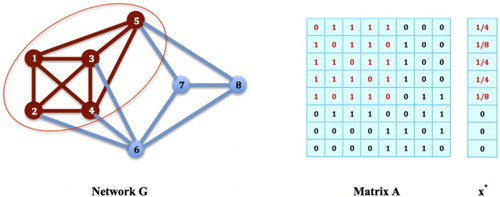
Figure 6. Populations on Maximal Cliques vs. Local Contact Maximizers: The nodes in G form a maximal network clique. It is an equilibrium strategy for the social networking game on G, but not a local maximizer of the corresponding contact maximization problem: Let
be the equilibrium distribution on this clique,
for all
and
for all
. Construct a new distribution
, where
for a small
. Then, it is easy to verify that
for all
,
, and
for all small
. As ε goes to zero, x is arbitrarily close to
, yet
. Therefore,
cannot be a local maximizer for the corresponding contact maximization problem.
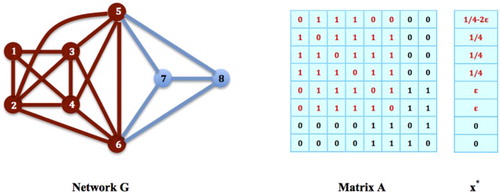
Figure 7. Strict Local Maximizer: The nodes in G form a maximal clique. The strategy
on this clique for the social networking game on G,
for all
and
for all
, is a local maximizer of the corresponding contact maximization problem, and
for any
in a small neighbourhood U of
. However, if we choose
such that
,
,
, and
for i=6,7,8, we see for any U that
for sufficiently small
, and
. Therefore,
is not a strict local maximizer for the contact maximization problem.
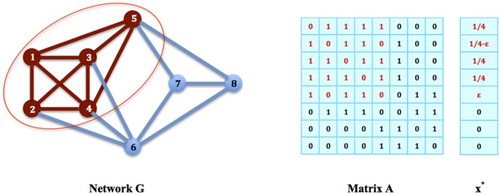
Figure 8. Recovering Maximum Clique Strategies: In the network on the top, the nodes form a subnetwork H, and
,
for all
and
for all
, is a global maximizer for the contact maximization problem. However, H is not a maximum clique. Since node 2 and 6 are not connected, we therefore add 1/8 to
but subtract it from
. We then obtain a reduced subnetwork H, with
,
, as shown in the second network to the top. The solution
,
for all
and
for all
, remains to be a global maximizer for the contact maximization problem. Next, since node 1 and 5 are still not connected, we then add 1/8 to
but subtract it from
to obtain a further reduced subnetwork
,
,
, as shown in the network in the bottom. The solution
,
for all
and
for all
, again remains to be a global maximizer for the contact maximization problem, but this time, H is a maximum clique of G.
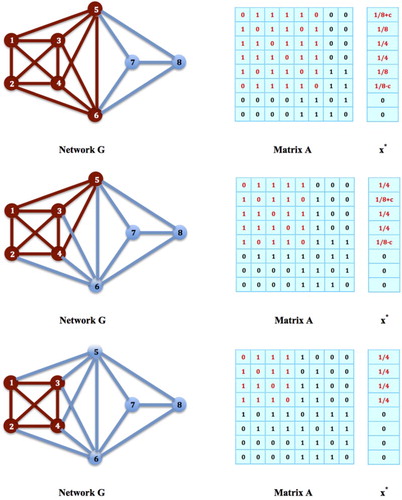
Figure 9. Equilibrium Distributions on Non-clique Subnetworks: One of the equilibrium strategies of the social networking game on network G is when the population is distributed on the two disconnected network cliques, with for all
. It is easy to verify that this strategy is not a local maximizer of the corresponding contact maximization problem and thereby, is not even weakly evolutionarily stable.
